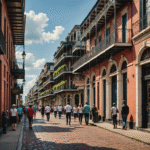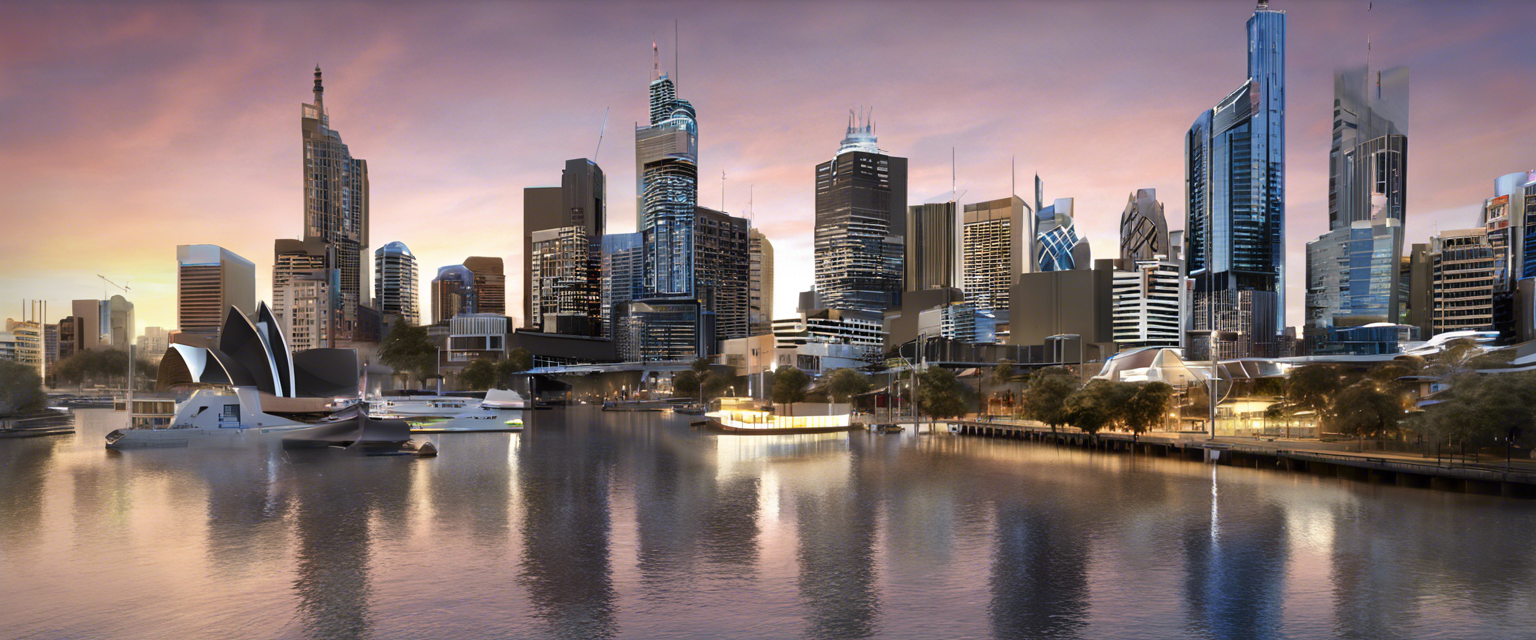
Surfing Safari in Australia: An Adventure Awaits:
Australia, with its stunning coastlines and vibrant surf culture, is a paradise for surfers and adventure seekers. From the iconic waves of Bondi Beach to the hidden gems along the Great Ocean Road, this land down under offers an unforgettable surfing safari experience. Whether you’re a seasoned pro or a novice looking to catch your first wave, Australia has something for everyone.
A Brief History of Surfing in Australia:
Surfing has deep roots in Australian culture, dating back to the early 1900s. The first surf lifesaving club was established in Bondi in 1907, marking the beginning of a passionate relationship between Australians and the ocean. Over the decades, surfing evolved from a local pastime to a global phenomenon, with Australia becoming a key player in the international surfing scene.
Surfing’s Origins in Australia
Surfing has a long and fascinating history in Australia, dating back to the early 20th century. While the exact origins are unclear, there are indications that coastal Aboriginal communities engaged in wave riding using their bodies and small boards. However, surfing as a modern sport was introduced to Australia in 1915 by Hawaiian legend Duke Kahanamoku, who gave an iconic demonstration at Freshwater Beach in Sydney.
The Early Years (1920s-1940s)
In the decades following Duke Kahanamoku’s visit, surfing slowly gained popularity in Australia. Surf lifesaving clubs were established at beaches like Bondi and Manly, with some members experimenting with surfboards. Local pioneers like Tommy Walker became known for their skills, with Walker performing famous headstands while surfing.
The Shortboard Revolution (1950s-1960s)
Surfing experienced a boom in the 1950s, with the development of inflatable rubber surfboards and the influence of American servicemen stationed in Australia. The 1960s saw the shortboard revolution, with Australian surfers like Bob McTavish at the forefront of the transition to smaller, more maneuverable boards. This led to a surge in popularity and the emergence of surf culture.
The Golden Years (1970s-1980s)
The 1970s and 80s are considered the golden years of Australian surfing. Iconic brands like Rip Curl, Billabong, and Quiksilver were founded, helping to spread Australian surf culture globally. Surfers like Mark Richards and Layne Beachley achieved world champion status, cementing Australia’s place as a surfing powerhouse.
Modern Era (1990s-Present)
In recent decades, Australian surfing has continued to evolve and innovate. New brands like Deus Ex Machina have emerged, offering fresh takes on surf style. Sustainability has become a key focus, with brands like Patagonia leading the way in eco-friendly products. Australian surfers remain at the forefront of the sport, with the country producing world-class talent year after year.
From its humble beginnings to its current status as a global phenomenon, surfing has been deeply intertwined with Australian culture for over a century. The sport has evolved dramatically, but the thrill of riding a wave remains the same. As surfing continues to grow and change, Australia will undoubtedly play a vital role in shaping its future.
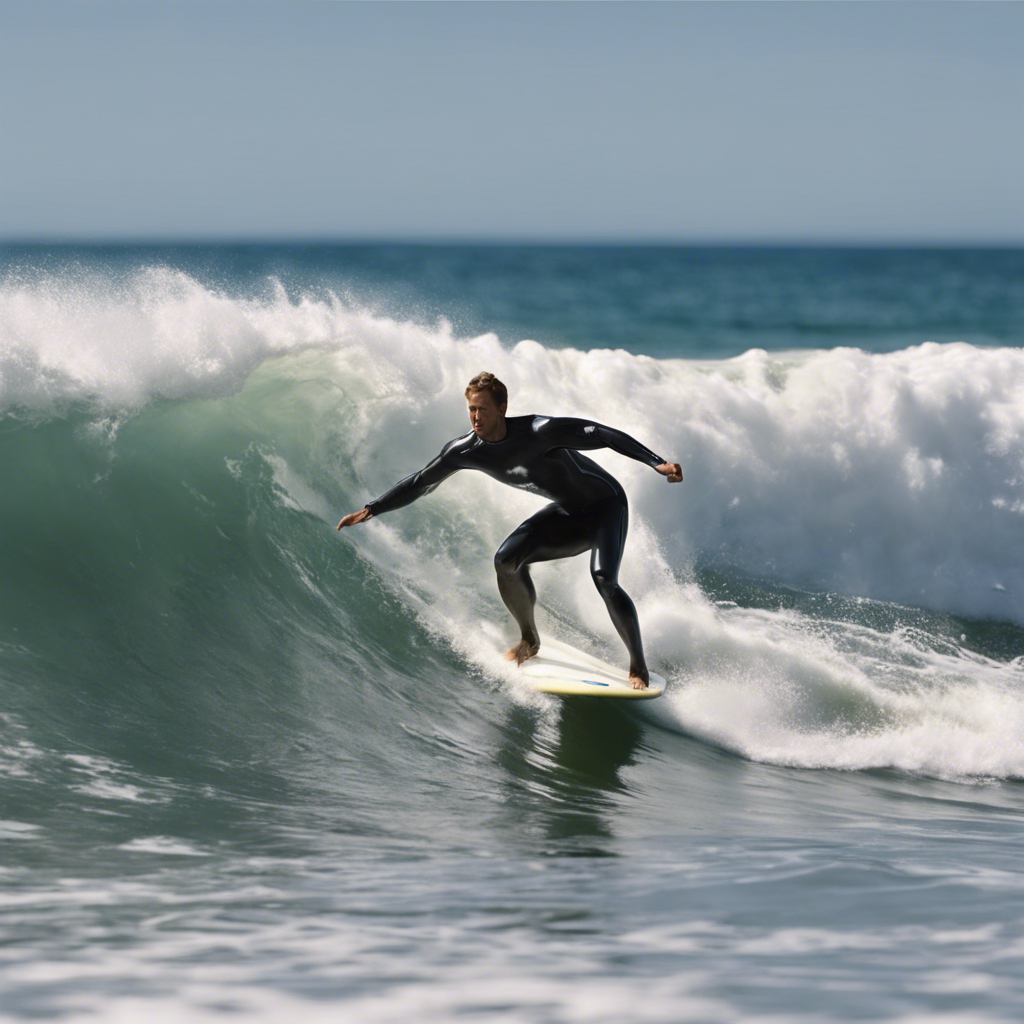
Top 10 Things for Couples to Do in Australia:
Australia is a stunning destination for couples seeking adventure, romance, and unforgettable experiences. From breathtaking landscapes to vibrant cities, here are the top ten activities that couples can enjoy together in this beautiful country.
- Hot Air Balloon Ride in the Hunter Valley
- Experience the serene beauty of the Hunter Valley from above. A hot air balloon ride offers panoramic views of vineyards and rolling hills, making it a romantic way to start your day. Many tours include a champagne breakfast, allowing couples to toast to their adventure while soaking in the stunning scenery.
- Wine Tasting in the Barossa Valley
Spend a day exploring one of Australia’s premier wine regions. The Barossa Valley is known for its world-class wineries and picturesque landscapes. Couples can indulge in wine tastings, gourmet food pairings, and even vineyard tours, all while enjoying each other’s company amidst the stunning backdrop of grapevines and rolling hills. - Sunset at Uluru
Witnessing the sunset at Uluru is a magical experience. The iconic red rock formation changes colors as the sun sets, creating a breathtaking spectacle. Couples can enjoy a picnic dinner while watching the sun dip below the horizon, making for a romantic evening under the stars. - Whale Watching in Hervey Bay
From July to November, Hervey Bay becomes a hotspot for whale watching. Couples can embark on a boat tour to see humpback whales up close as they migrate along the coast. This thrilling experience is not only exciting but also a unique way to connect with nature together. - Explore the Great Barrier Reef
Snorkeling or diving in the Great Barrier Reef is a must for adventurous couples. The vibrant coral reefs and diverse marine life provide an unforgettable underwater experience. Many tours offer private options for couples, allowing for a more intimate exploration of this natural wonder. - Road Trip Along the Great Ocean Road
One of the most scenic drives in the world, the Great Ocean Road offers stunning coastal views, charming towns, and iconic landmarks like the Twelve Apostles. Couples can stop at various viewpoints, enjoy local cuisine, and explore hidden beaches along the way, making it a perfect romantic getaway. - Visit the Whitsunday Islands
A trip to the Whitsunday Islands is ideal for couples seeking a tropical paradise. With pristine beaches, crystal-clear waters, and opportunities for sailing, snorkeling, and relaxation, the islands offer a romantic escape. Whitehaven Beach, known for its stunning white sand, is a highlight of any visit. - Sydney Harbour Bridge Climb
For couples looking for adventure, the Sydney Harbour Bridge Climb offers breathtaking views of the city and its iconic landmarks. The guided climb takes you to the top of the bridge, where you can take in panoramic views of Sydney Harbour, making it an exhilarating experience to share. - Explore Tasmania’s Wilderness
Tasmania is home to some of Australia’s most stunning natural landscapes. Couples can hike through national parks, explore pristine beaches, and enjoy local produce at farm-to-table restaurants. The island’s unique wildlife and breathtaking scenery provide a perfect backdrop for romantic adventures3. - Relax at a Spa Retreat
After all the adventures, couples can unwind at one of Australia’s luxurious spa retreats. Many resorts offer couples’ packages that include massages, facials, and wellness treatments, allowing you to relax and rejuvenate together in a tranquil setting.
Australia offers a wealth of experiences for couples, from adventurous activities to romantic getaways. Whether you’re soaring above the vineyards in a hot air balloon or relaxing on a pristine beach, the memories you create together will last a lifetime. Embrace the beauty of Australia and explore these top ten activities for an unforgettable couples’ escape.
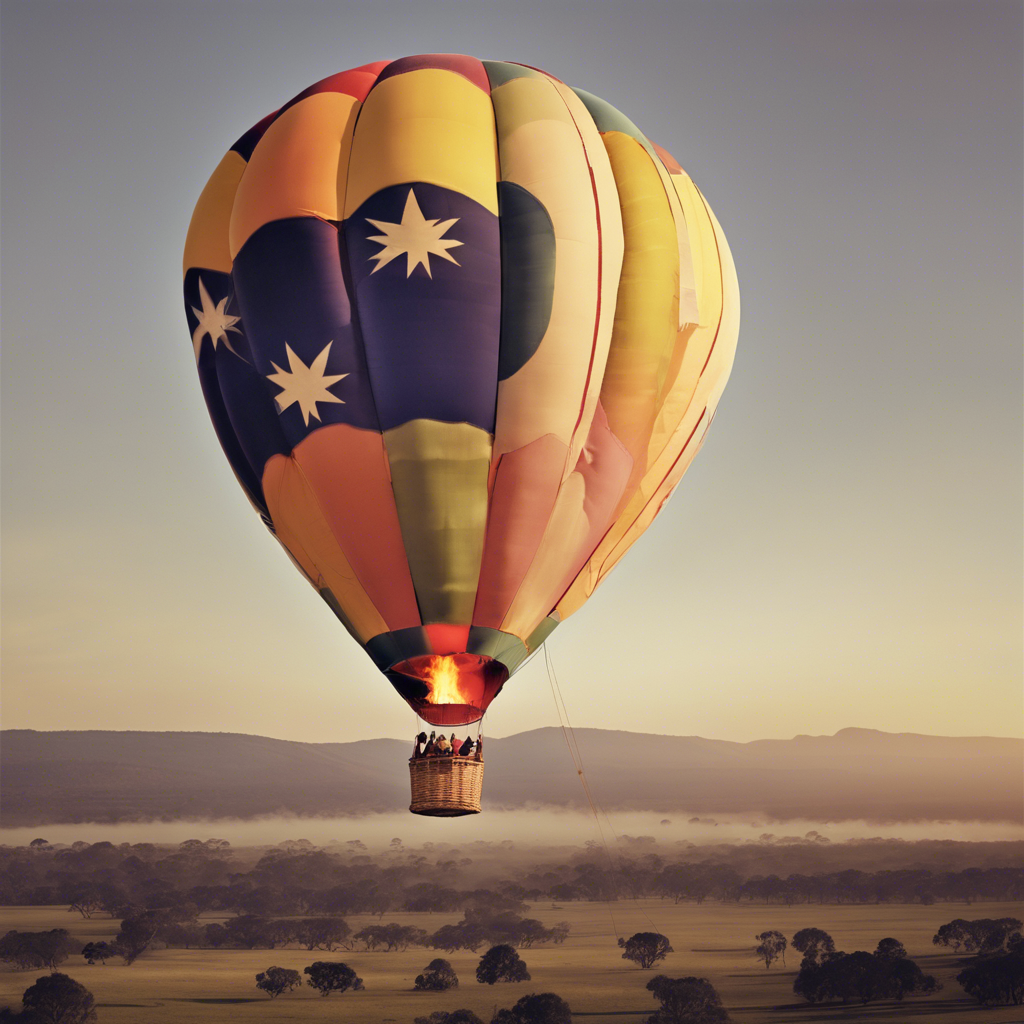
Best Nightclubs in Australia:
Australia boasts a vibrant nightlife scene with a plethora of nightclubs that cater to diverse tastes and preferences. Here’s a closer look at some of the best nightclubs across the country, each offering unique experiences for party-goers.
1. Marquee Sydney
Located within The Star Casino complex, Marquee Sydney is a luxurious nightclub known for its opulent decor and high-energy atmosphere. Featuring a massive dance floor, cutting-edge sound systems, and frequent performances by international DJs, it’s a premier destination for those looking to experience upscale nightlife in Sydney.
2. Revolver Upstairs, Melbourne
Revolver Upstairs is a beloved institution in Melbourne’s nightlife scene. Known for its eclectic vibe, this club features big-name DJs and live bands, complemented by a funky Thai restaurant on-site. The vibrant atmosphere and graffiti-covered walls contribute to its unique charm, making it a must-visit for music lovers.
3. Family, Brisbane
Family is a multi-level nightclub that offers a dynamic atmosphere with diverse music genres. From pulsating dance beats to R&B vibes, the club caters to various tastes, ensuring an inclusive experience. Its vibrant energy and welcoming ambiance make it a favorite among locals and visitors alike.
4. Lost Kingdom Nightclub, Surfers Paradise
Situated in the heart of Surfers Paradise, Lost Kingdom Nightclub is known for its lively atmosphere and impressive sound system. With themed nights and a welcoming vibe, it’s a great place for couples and groups looking to dance the night away.
5. Sub Club, Melbourne
Sub Club is an underground venue that has gained a reputation for its intimate setting and dedication to electronic music. The club features a diverse lineup of DJs and a loyal following, making it a great spot for those who appreciate underground beats and a close-knit atmosphere.
6. Candelaria, Sydney
Candelaria is a chic nightclub located in Sydney’s CBD, known for its stylish decor and vibrant nightlife. With a focus on cocktails and a lively dance floor, it’s a great spot for couples looking to enjoy a night out in a trendy setting.
7. Ambar, Perth
Ambar is Perth’s go-to destination for electronic music enthusiasts. Known for its intimate setting and dedication to the electronic scene, it attracts a discerning crowd seeking an authentic clubbing experience. The club often hosts local and international DJs, ensuring a memorable night out.
8. Club Retro, Melbourne
With a disco party vibe across three levels, Club Retro features a light-up dance floor, rooftop beer garden, and multiple bars. It’s a fun and lively venue that caters to those looking for a nostalgic night out filled with classic hits and dance tunes.
9. Elsewhere, Gold Coast
Elsewhere is the Gold Coast’s premier beachside nightclub, offering a rooftop terrace with stunning ocean views. The vibrant atmosphere and diverse music selection make it a popular choice for those looking to enjoy a night out by the beach.
10. Discovery, Darwin
Discovery is a lively nightclub in Darwin that captures the laid-back yet vibrant spirit of the Northern Territory. With a welcoming ambiance and a variety of music genres, it’s a key player in Darwin’s nightlife scene, perfect for those looking to experience the local culture. Australia’s nightclubs are as diverse as its landscapes, offering something for every type of party-goer. Whether you’re looking for an upscale experience, a laid-back vibe, or a high-energy dance floor, these venues provide unforgettable nightlife experiences across the country. From the luxury of Marquee Sydney to the underground beats of Revolver Upstairs, the Australian nightlife scene is sure to leave you with lasting memories.

Trending Best Places to Visit in Australia:
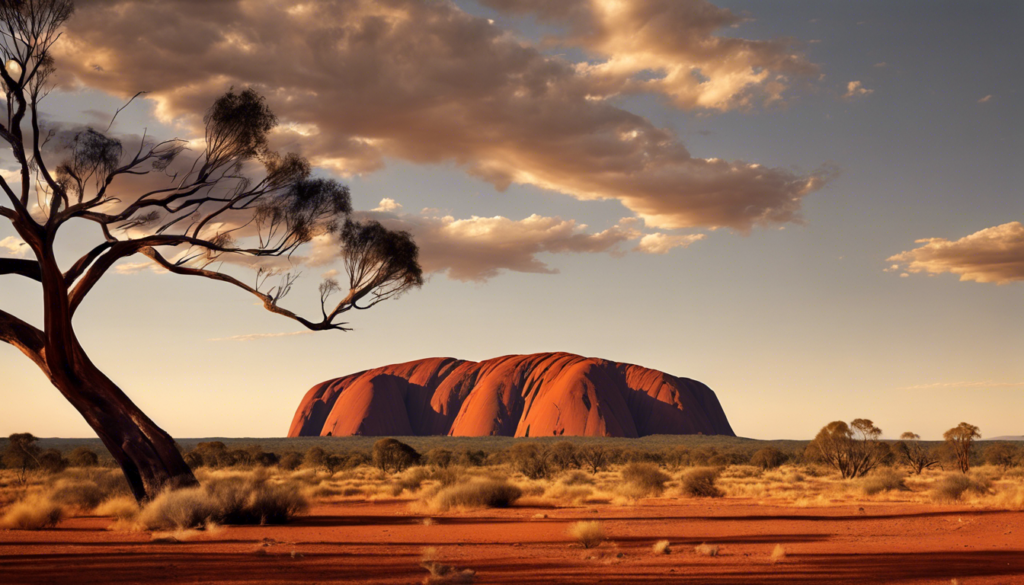
Australia is a vast and diverse country, offering an array of breathtaking destinations that cater to every type of traveler. Here are some of the trending best places to visit in Australia, showcasing the natural beauty, vibrant culture, and unique experiences the country has to offer.
1. Great Barrier Reef, Queensland
The Great Barrier Reef is one of the world’s most renowned natural wonders and a UNESCO World Heritage site. Stretching over 2,300 kilometers, it is home to an incredible diversity of marine life. Visitors can enjoy snorkeling, scuba diving, and boat tours to explore the vibrant coral reefs and abundant sea creatures. The reef is a must-visit for anyone looking to experience Australia’s natural beauty.
2. Sydney, New South Wales
Sydney is Australia’s largest city and a vibrant cultural hub. Key attractions include the iconic Sydney Opera House, the Sydney Harbour Bridge, and the beautiful Bondi Beach. Couples can enjoy a romantic ferry ride across the harbor, dine at world-class restaurants, or explore the Royal Botanic Garden. Sydney’s nightlife is also lively, offering numerous bars and clubs.
3. Melbourne, Victoria
Known for its artsy vibe and cultural diversity, Melbourne is often considered Australia’s cultural capital. Visitors can explore the city’s laneways filled with street art, trendy cafes, and boutique shops. The city is also famous for its coffee culture and food scene, making it a great destination for food lovers. Don’t miss the chance to visit the Royal Botanic Gardens and the historic Queen Victoria Market.
4. Tasmania
Tasmania is an island state known for its stunning landscapes, unique wildlife, and rich history. Highlights include Cradle Mountain National Park, known for its hiking trails and breathtaking views, and Freycinet National Park, home to the beautiful Wineglass Bay. Tasmania’s capital, Hobart, features a vibrant arts scene and the famous Salamanca Market, where visitors can find local produce and crafts.
5. Uluru-Kata Tjuta National Park, Northern Territory
Uluru, also known as Ayers Rock, is a sacred site for the Indigenous Anangu people and a symbol of Australia. Visitors can take guided tours to learn about the cultural significance of the area and enjoy stunning sunsets over the rock. The nearby Kata Tjuta (The Olgas) offers additional hiking opportunities and breathtaking views.
6. Whitsunday Islands, Queensland
The Whitsunday Islands are a tropical paradise located in the heart of the Great Barrier Reef. Known for their pristine beaches and crystal-clear waters, these islands are perfect for sailing, snorkeling, and relaxing. Whitehaven Beach, with its stunning white sand, is often ranked among the best beaches in the world. Couples can enjoy romantic sunset cruises and beach picnics.
7. Blue Mountains National Park, New South Wales
Just a short drive from Sydney, the Blue Mountains offer stunning scenery, hiking trails, and outdoor adventures. Visitors can explore the famous Three Sisters rock formation, take scenic railway rides, and enjoy breathtaking views from various lookouts. The area is also home to lush rainforests and diverse wildlife, making it a great escape from the city.
8. Fraser Island, Queensland
Fraser Island is the world’s largest sand island and a UNESCO World Heritage site. Visitors can explore its unique ecosystems, including rainforests, freshwater lakes, and stunning beaches. Popular activities include four-wheel driving along the beach, swimming in Lake McKenzie, and spotting wildlife such as dingoes and kangaroos.
9. Kangaroo Island, South Australia
Kangaroo Island is known for its stunning landscapes and diverse wildlife. Visitors can explore Flinders Chase National Park, home to remarkable rock formations and native animals like kangaroos, koalas, and sea lions. The island also offers beautiful beaches, hiking trails, and opportunities for wine tasting and gourmet food experiences.
10. Lord Howe Island
Lord Howe Island is a UNESCO World Heritage site known for its stunning natural beauty and relaxed atmosphere. The island offers pristine beaches, hiking trails, and opportunities for snorkeling and diving. Visitors can explore the unique flora and fauna, including the famous Lord Howe woodhen, and enjoy a peaceful escape from the mainland.
Australia’s trending destinations offer a mix of natural wonders, cultural experiences, and adventure opportunities. Whether you’re exploring the vibrant cities, relaxing on pristine beaches, or immersing yourself in the unique landscapes, Australia has something for everyone. Each of these locations promises unforgettable experiences that showcase the beauty and diversity of this incredible country.
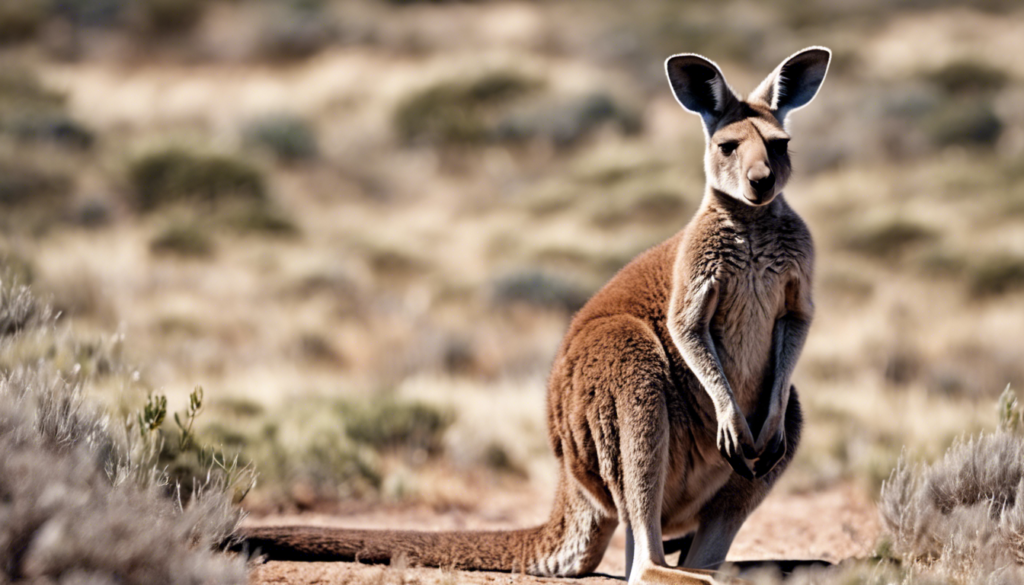
Top Restaurants and Cuisine:
Australia’s culinary scene is diverse and vibrant, with world-class restaurants showcasing innovative cuisine and fresh local ingredients. Here are some of the top restaurants and cuisines to explore in Australia:
Modern Australian Cuisine
Modern Australian cuisine is a fusion of influences from around the world, using fresh, high-quality ingredients from Australia’s diverse landscapes. Some top restaurants serving contemporary Australian fare include:
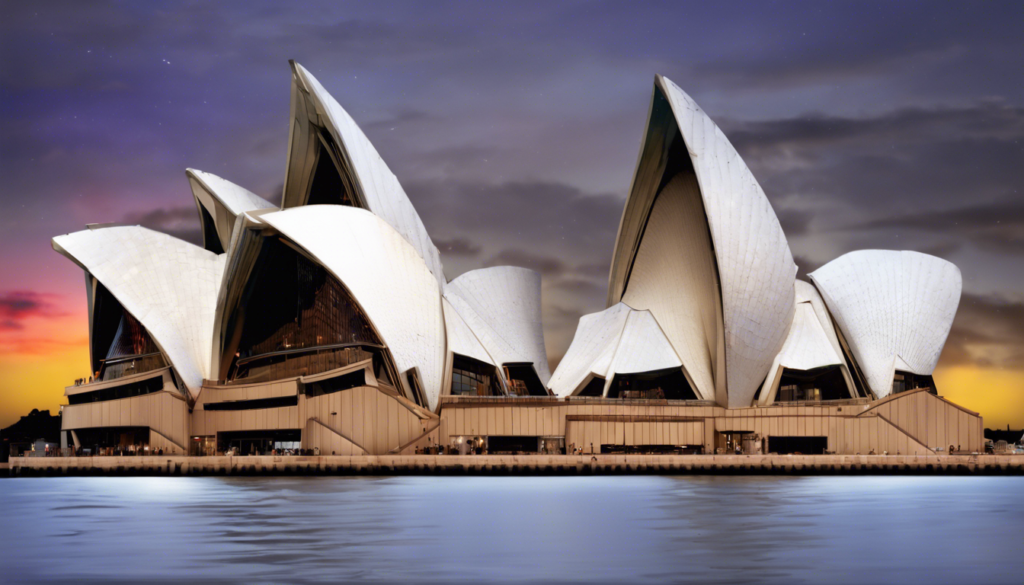
Quay, Sydney
Renowned for its stunning views of the Sydney Opera House and innovative dishes using native Australian ingredients.Attica, Melbourne
Serving creative tasting menus in a low-lit, crisp setting. Attica focuses on native Australian ingredients and has been recognized as one of the best restaurants in Australia.Brae, Birregurra
Located in a rural town, Brae offers a fine dining experience showcasing seasonal produce from its own farm and local suppliers.
Japanese Cuisine
Australia has a thriving Japanese food scene, with many top-notch sushi restaurants and izakayas. Some notable Japanese restaurants include:
Kisume, Melbourne
A multi-level Japanese restaurant and bar featuring a sushi counter, teppanyaki grill, and sake lounge.Sokyo, Sydney
Located in The Star casino complex, Sokyo serves innovative sushi and Japanese fusion cuisine in a stylish setting.
Modern Greek Cuisine
Greek food in Australia has evolved beyond the traditional souvlaki and moussaka, with restaurants serving contemporary interpretations of classic dishes. Some standouts include:
Hellenic Republic, Melbourne
Offering a modern take on Greek cuisine in a casual setting. The menu features wood-fired meats, fresh seafood, and traditional Greek desserts.Nostimo Restaurant Bar, Brisbane
Serving contemporary Greek cuisine with a focus on shared plates and seasonal produce. The restaurant has a lively atmosphere and an extensive wine list.
Sustainable and Farm-to-Table Cuisine
Many Australian restaurants are embracing sustainable practices and sourcing ingredients from local producers and small farms. Some notable farm-to-table restaurants include:
Oakridge, Yarra Valley
Located in the Yarra Valley wine region, Oakridge offers a fine dining experience showcasing seasonal produce from its own farm and local suppliers.Pipit, Pottsville
A farm-to-table restaurant in northern New South Wales that sources ingredients from its own farm and local producers. The menu changes daily based on what’s fresh and in season.Pt. Leo Estate, Merricks
This winery on the Mornington Peninsula features a restaurant that serves seasonal, locally sourced cuisine paired with estate-grown wines.
Australia’s culinary scene is thriving, with innovative chefs and restaurants pushing the boundaries of traditional cuisine. From modern Australian fare to contemporary Japanese and Greek cuisine, there’s something for every palate. Many restaurants are also embracing sustainable practices and showcasing the country’s incredible produce. Whether you’re dining at a renowned fine dining establishment or a casual farm-to-table eatery, you’re sure to have a memorable culinary experience in Australia.
Top 15 Things for Families to Do in Australia:
Visit Taronga Zoo, Sydney
Get up close with native Australian wildlife and enjoy stunning views of Sydney Harbour.
Explore the Great Barrier Reef
Family-friendly snorkeling tours make it easy to experience the reef’s beauty.
Go to Theme Parks on the Gold Coast
Thrilling rides and attractions await at Dreamworld, Sea World, and Warner Bros. Movie World.
Take a Whale Watching Tour
Witness these magnificent creatures during their migration season along the coast.
Visit the Australian Museum, Sydney
A great educational experience for kids, featuring interactive exhibits on natural history.
Explore Daintree Rainforest
Guided tours offer a chance to see unique wildlife and learn about the ecosystem.
Go to the Melbourne Zoo
Home to a wide variety of animals, the Melbourne Zoo offers engaging experiences for families.
Visit the National Gallery of Australia
Explore impressive art collections and family-friendly activities.
Take a Day Trip to Phillip Island
Famous for its penguin parade, this island is perfect for a family outing.
Explore the Outback
Experience the rugged beauty of the Australian Outback with family-friendly tours.
Visit the Sydney Opera House
Take a guided tour or attend a family-friendly performance.
Go to the Gold Coast Hinterland
Enjoy nature walks and visit waterfalls in this beautiful region.
Experience the Australian National Maritime Museum
Interactive exhibits make learning about maritime history fun for all ages.
Take a Scenic Flight Over the Great Barrier Reef
A unique perspective of the reef that the whole family will enjoy.
Visit Luna Park, Sydney
An amusement park with rides and attractions for all ages.
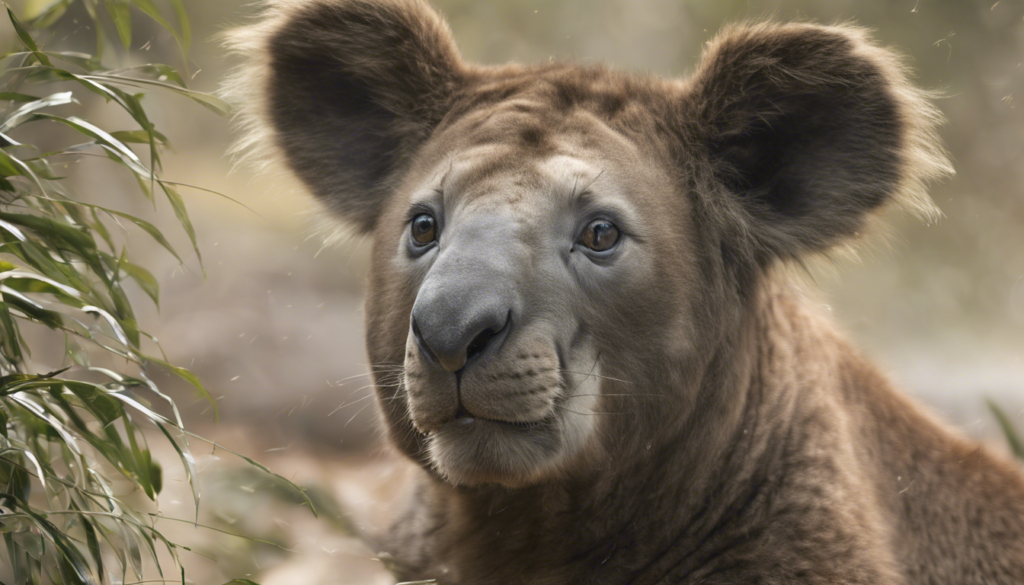
Transportation in Australia:
Australia offers a wide range of transportation options, making it relatively easy to navigate its vast landscapes and vibrant cities. Here’s an in-depth look at the various modes of transportation available in Australia, along with tips for getting around effectively.
1. Air Travel
Given the country’s size, flying is often the most efficient way to cover long distances. Australia has an extensive network of domestic airlines, including Qantas, Virgin Australia, and Jetstar, which connect major cities and regional centers. Domestic flights are frequent and can be affordable, especially if booked in advance. Major airports in cities like Sydney, Melbourne, and Brisbane are well-equipped with facilities and services to ensure a smooth travel experience.
2. Public Transportation
Most major cities in Australia have well-developed public transportation systems, including buses, trains, trams, and ferries.
Sydney: The city features an extensive train network, buses, and ferries that connect various suburbs and attractions. The Opal card is a convenient way to access public transport, offering discounted fares and capping weekly costs.
Melbourne: Known for its tram system, Melbourne also has trains and buses. The Myki card is used for travel across all modes of public transport, making it easy to navigate the city.
Brisbane: The TransLink system includes trains, buses, and ferries, with the Go Card providing a seamless travel experience across all services.
3. Buses
For budget-conscious travelers, long-distance buses are a popular option. Companies like Greyhound and Firefly offer services connecting major cities and regional towns. While bus travel can be slower than flying, it provides scenic views and a chance to see more of the countryside. Buses are also a great way to reach remote areas not served by trains.
4. Trains
Australia boasts some iconic train journeys, such as the Indian Pacific and The Ghan, which offer scenic views across the continent. Train travel can be a leisurely and unique way to experience Australia’s landscapes. While it may take longer than flying, the comfort and views make it worthwhile for those with time to spare.
5. Car Rentals
Renting a car gives travelers the freedom to explore at their own pace, especially in rural areas and national parks. Australia has a vast network of well-maintained roads, making it ideal for road trips. Visitors can rent cars from major airports and city centers. It’s important to familiarize yourself with local driving laws, as Australians drive on the left side of the road.
6. Ferries
Ferries are a scenic and enjoyable way to travel, particularly in cities with beautiful coastlines like Sydney and Brisbane. They provide access to various attractions and suburbs, combining transport with sightseeing. For example, taking a ferry ride across Sydney Harbour offers stunning views of the Opera House and Harbour Bridge.
7. Rideshare Services
Uber and other rideshare apps operate in major Australian cities, providing convenient transportation options. These services can be a great alternative to taxis and public transport, especially for late-night travel or when public transport is less frequent. However, prices can vary significantly due to surge pricing, so it’s wise to compare options before booking.
8. Taxis
Taxis are readily available in cities and towns across Australia. They are typically painted in bright colors and can be hailed on the street or booked via phone or app. Taxis are a reliable option for short trips or when public transport is not convenient.
9. Cycling and Walking
Many Australian cities are bike-friendly, with dedicated bike lanes and rental services available. Exploring cities on foot is also enjoyable, as many areas feature pedestrian-friendly paths and scenic walkways. This is especially true in urban centers like Melbourne and Sydney, where walking tours can reveal hidden gems and local culture.
10. Traveling with Disabilities
Australia’s transportation systems are generally accessible for individuals with disabilities. Most public transport options, including buses, trains, and ferries, accommodate mobility devices. Airports also provide assistance for travelers with disabilities, ensuring a smooth travel experience.
With its diverse transportation options, navigating Australia is convenient and accessible for travelers. Whether you choose to fly, drive, or utilize public transport, each mode offers unique experiences and opportunities to explore the country’s stunning landscapes and vibrant cities. Planning ahead and familiarizing yourself with the available options will enhance your travel experience in Australia.
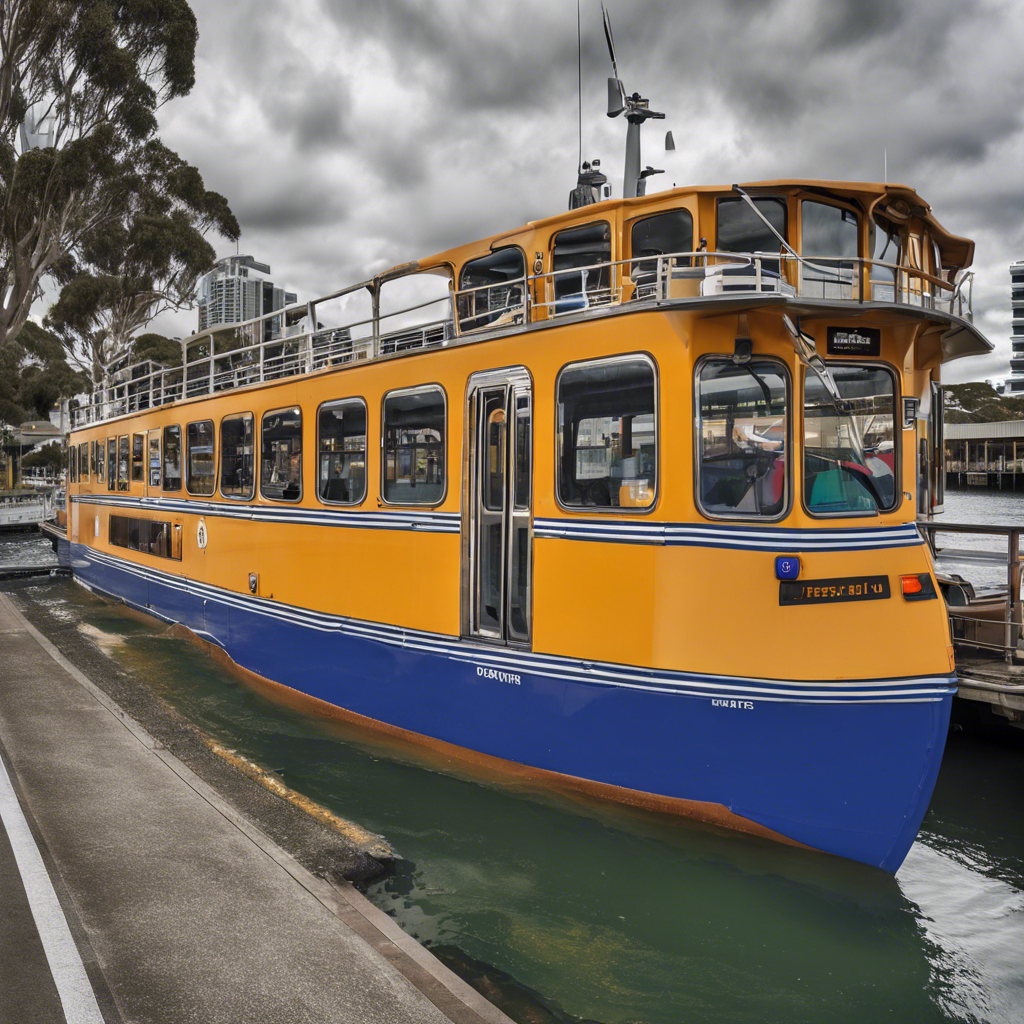
About Australian Wildlife:
Australia is renowned for its unique and diverse wildlife, featuring a plethora of species that are found nowhere else on Earth. This remarkable biodiversity is a result of the continent’s long geographic isolation, which has allowed its fauna to evolve in distinct ways. Here’s an exploration of Australia’s wildlife, highlighting its iconic animals, habitats, conservation efforts, and the challenges faced by many species.
Unique Fauna
Australia is home to a wide variety of animals, with a significant percentage being endemic. Some key statistics include:
Mammals: Approximately 69% of Australia’s mammals are unique to the continent, including iconic species such as kangaroos, koalas, and wombats.
Birds: About 46% of bird species are endemic, with notable examples including the emu and various cockatoos.
Reptiles: An impressive 93% of reptiles found in Australia are unique, including the infamous saltwater crocodile and various species of snakes.
Amphibians: Approximately 94% of amphibians are endemic, showcasing the country’s diverse ecosystems.
Iconic Animals
Australia’s wildlife includes several iconic species that have become symbols of the country:
Kangaroo: Perhaps the most recognized Australian animal, kangaroos are marsupials known for their powerful hind legs and ability to hop at high speeds.
Koala: These tree-dwelling marsupials are famous for their adorable appearance and diet of eucalyptus leaves. They are primarily found in eastern Australia.
Platypus: One of the few monotremes (egg-laying mammals), the platypus is a unique creature known for its duck-like bill and webbed feet.
Tasmanian Devil: This carnivorous marsupial is native to Tasmania and is known for its fierce temperament and distinctive vocalizations.
Emu: The emu is a large flightless bird native to Australia, known for its long legs and ability to run at high speeds.
Habitats and Ecosystems
Australia’s diverse landscapes range from tropical rainforests and arid deserts to coastal regions and alpine areas, each supporting unique wildlife:
Rainforests: Found in the northeastern part of the country, these lush environments are home to species like tree kangaroos and various reptiles.
Deserts: The arid interior, including the Simpson and Great Victoria Deserts, hosts animals adapted to extreme conditions, such as the thorny devil lizard.
Coastal Areas: The Great Barrier Reef is a biodiversity hotspot, supporting numerous marine species, including turtles, dolphins, and vibrant coral reefs.
Alpine Regions: These cooler areas are home to unique species like the mountain pygmy possum, which relies on specific habitats for survival.
Conservation Efforts
Australia faces significant challenges in wildlife conservation, with many species threatened by habitat loss, invasive species, and climate change. Some key points regarding conservation efforts include:
Endangered Species: Numerous Australian animals are classified as endangered or vulnerable, including the northern hairy-nosed wombat, koala, and several species of quoll. Conservation programs aim to protect these species and their habitats.
Protected Areas: Australia has established numerous national parks and wildlife reserves to safeguard its unique fauna. The Environment Protection and Biodiversity Conservation Act 1999 provides a framework for protecting threatened species and habitats.
Community Involvement: Many organizations and community groups work towards conservation, including the Australian Wildlife Conservancy, which manages large areas of land for the protection of endangered species.
Responsible Wildlife Encounters
When exploring Australian wildlife, it’s essential to do so responsibly:
Wildlife Sanctuaries: Visiting accredited wildlife sanctuaries and zoos allows for safe and ethical encounters with native animals. These facilities often focus on rehabilitation and education.
Guided Tours: Participating in guided wildlife tours led by knowledgeable experts can enhance the experience while ensuring minimal impact on the animals and their habitats.
Respect for Nature: Visitors are encouraged to observe wildlife from a distance and follow guidelines to avoid disturbing animals in their natural environments.
Australia’s wildlife is a testament to the country’s rich biodiversity and unique evolutionary history. From iconic marsupials to vibrant marine life, the fauna of Australia captivates the imagination of visitors and locals alike. However, many species face significant threats, making conservation efforts crucial for preserving this extraordinary natural heritage. By engaging with wildlife responsibly and supporting conservation initiatives, everyone can contribute to the protection of Australia’s remarkable fauna.
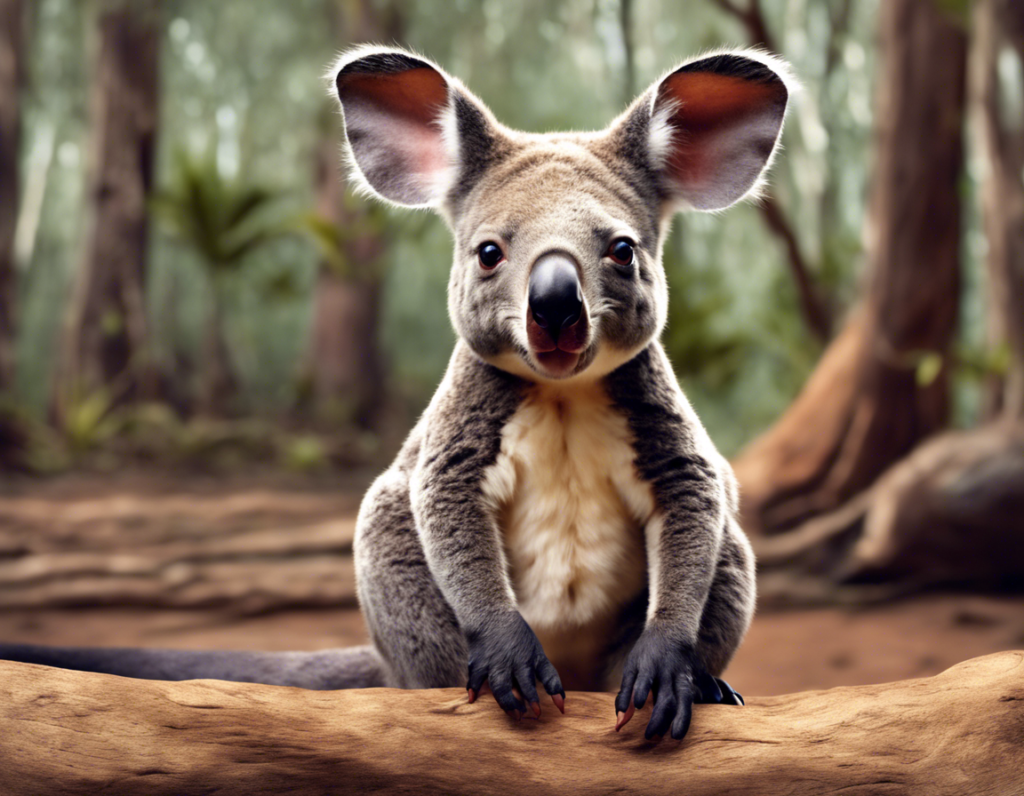
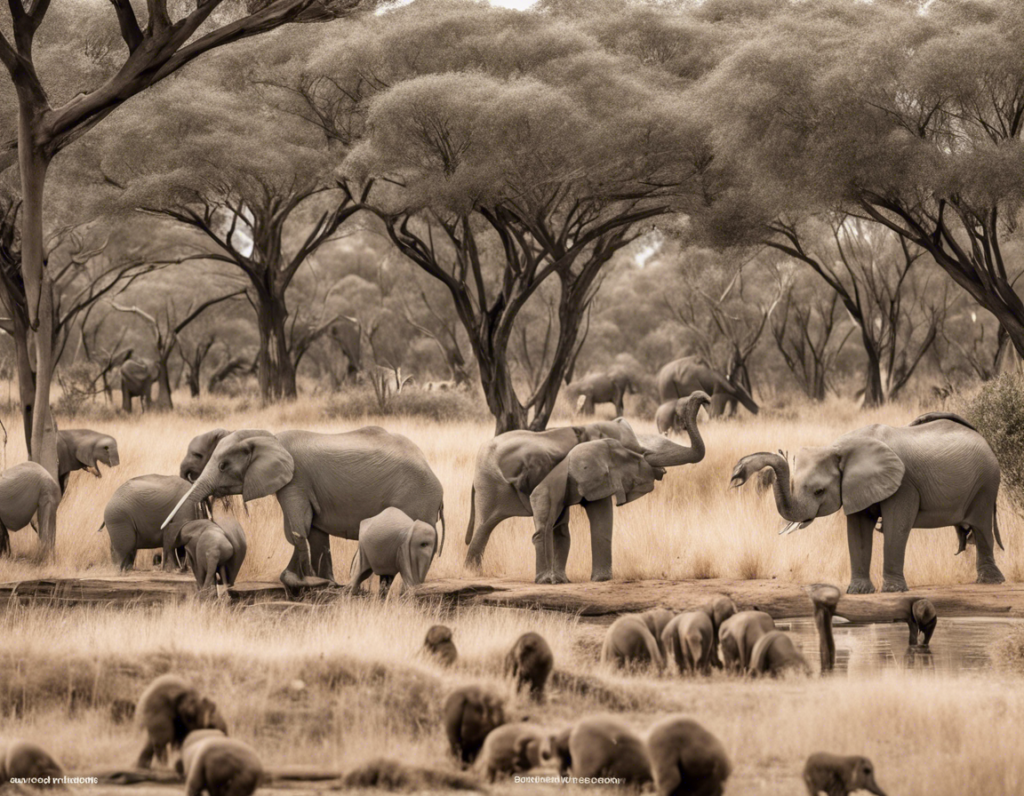
Travel Tips for Australia:
Traveling to Australia can be an exciting adventure, but preparation is key to making the most of your experience. Here are essential travel tips to help you navigate this vast and diverse country effectively.
1. Visa Requirements
Before traveling to Australia, ensure you have the appropriate visa. Most visitors require a visitor visa, which can be easily applied for online. The application process is straightforward, and the visa typically costs around AUD 145 and lasts for three months. Make sure to apply well in advance of your travel dates to avoid any last-minute issues.
2. Plan for Diverse Weather
Australia’s climate varies significantly across regions. The northern parts are tropical, while the southern regions can be much cooler. Summer lasts from December to February, and winter from June to August. Always check the weather for your specific destinations and pack accordingly, including warm clothing for cooler southern areas even in summer.
3. Stay Sun Safe
Australia has a high UV index, which can lead to severe sunburns. Always wear sunscreen, a hat, and sunglasses when outdoors. It’s advisable to swim only in designated areas between the flags at beaches, as these are monitored by lifeguards for safety.
4. Transportation Options
Australia is a large country, and getting around can be done in several ways:
Domestic Flights: The quickest way to cover long distances. Airlines like Qantas, Virgin Australia, and Jetstar offer frequent flights between major cities and regional areas.
Car Rentals: Renting a car gives you the freedom to explore at your own pace. Australia has a well-maintained road network, making it ideal for road trips. Be mindful that Australians drive on the left side of the road.
Public Transport: Major cities have extensive public transport systems, including buses, trains, and trams. Consider purchasing a travel card (like Sydney’s Opal card or Melbourne’s Myki card) for convenience.
Long-Distance Buses: Companies like Greyhound provide economical travel options between cities, though travel times can be longer.
5. Respect Indigenous Cultures
Australia is home to rich Indigenous cultures that have existed for tens of thousands of years. Take the time to learn about and respect the traditions of the First Nations Peoples. Acknowledging the traditional owners of the land is common practice and shows respect for their heritage.
6. Emergency Services
In case of emergencies, dial 000 for police, fire, or ambulance services. Australia has a well-regarded emergency response system, and you can expect to be treated with respect and dignity.
7. Connectivity and Wi-Fi
Wi-Fi availability can be inconsistent, especially in rural areas. It’s advisable to purchase a local SIM card or an international roaming plan to stay connected. Some hostels and accommodations may offer free Wi-Fi, but public access can vary.
8. Wildlife Awareness
Australia is known for its unique wildlife, but it’s important to exercise caution. Be aware of your surroundings, especially in rural areas where encounters with snakes or other wildlife can occur. Always follow local guidelines regarding wildlife interactions.
9. Budgeting for Your Trip
Australia can be expensive, so consider budget-friendly options like cooking your own meals, staying in hostels, or using public transport. Look for discounts on attractions and consider travel passes for public transport to save money.
10. Cultural Etiquette
Australians are generally friendly and informal. Familiarize yourself with some local slang and customs to enhance your interactions. For example, using terms like “arvo” for afternoon or “brekkie” for breakfast can help you connect with locals.
Conclusion
A surfing safari in Australia promises adventure, romance, and unforgettable experiences. Whether you’re catching waves, exploring vibrant cities, or indulging in delicious cuisine, Australia has something for everyone. So grab your surfboard, pack your bags, and get ready for the adventure of a lifetime!

